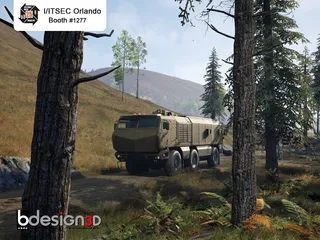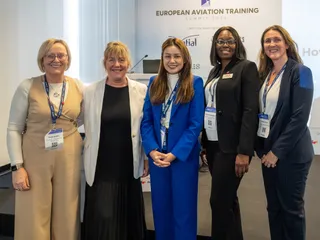There is plenty of speculation about when airlines around the world will begin to ramp up operations again. No one yet knows when or how the resumption will play out. A major factor will be opening of borders by different nations; some countries in Europe have indicated they may not re-open until September or October, even to traffic from other EU countries. In general, though, domestic markets, especially in China and the US, are expected to gather momentum initially. International travel may come later. Passenger willingness to fly is also an unknown, and will hinge on not only ticket prices but perceived cleanliness of airports and aircraft.
When airlines begin to restart their engines, there will be several challenges, including training.
The majority of airlines’ fleets are parked in what is considered “short-term storage,” many filling up airport gates, taxiways and even runways, with the expectation of returning to service within 3-6 months. It can take as long as a week to get an aircraft “preserved,” removing fluids, installing protective casings, etc., followed by routine maintenance each month: fluid checks, idling engines to charge batteries, checking flight controls, inspecting anti-icing systems, towing with a tractor so tyres don’t get flat spots, making sure birds or insects haven’t built nests in vents.
Cabin crew re-training will also be affected. This is mostly done in house by the airline, but the numbers are large (perhaps 6-8 times as many, compared with pilots). They will need refresher and likely some additional training to cope with the “new normal” sanitary procedures.
Looking to read the full article? Become a Premium Club member and gain full access today!
23 June 2020



